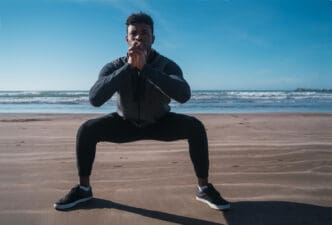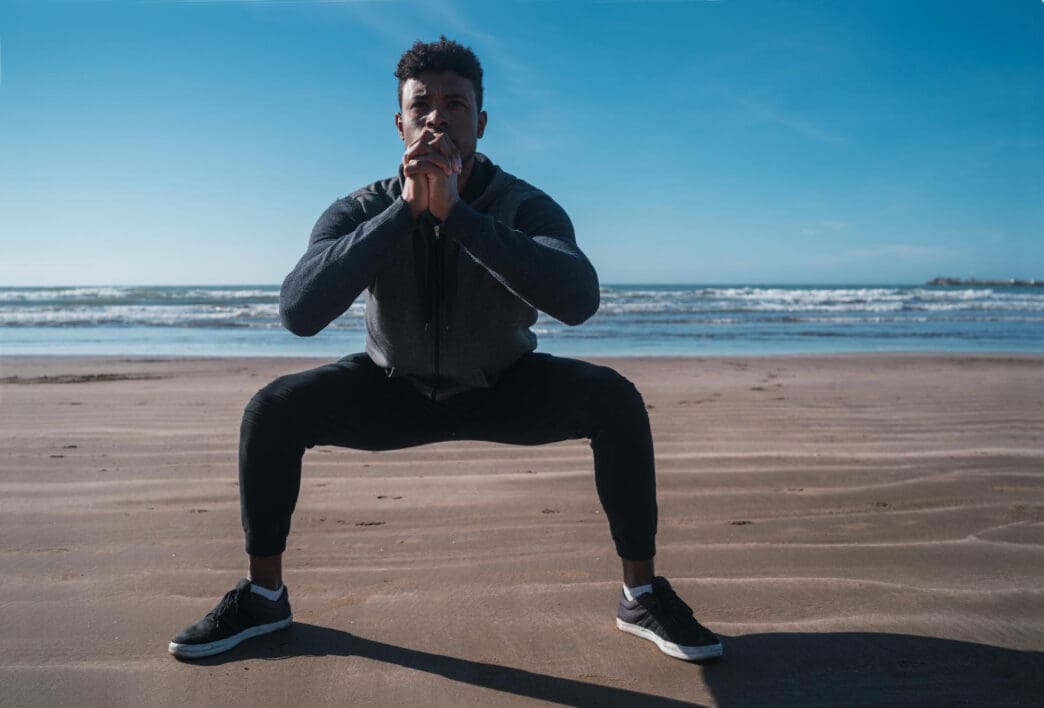A Quick Takeaway
The Story Behind the Trend
How to Make It Work for You
The Community View
While the sun-drenched beaches of Florida might inspire thoughts of endless cardio and scenic runs, a growing number of savvy runners across the state are discovering that true peak performance extends far beyond the pavement. To unlock greater speed, endurance, and, critically, robust injury prevention, these athletes are embracing a foundational strength regimen centered on squats, deadlifts, and lunges. This strategic integration of compound movements into their training schedule is not just about building bigger muscles; it’s about fortifying the entire musculoskeletal system, enhancing biomechanical efficiency, and ensuring a sustainable, powerful running journey for anyone, anywhere, regardless of their local topography.
Why Strength Training is Essential for Runners
For too long, running culture often prioritized mileage above all else, viewing strength training as an optional add-on or even a hindrance. However, modern exercise science unequivocally demonstrates that a strong body is a resilient, efficient, and faster body. Running is a high-impact activity that places significant stress on joints, muscles, and connective tissues with every stride.
Without adequate strength, particularly in the core, hips, and legs, runners become susceptible to common ailments like runner’s knee, IT band syndrome, shin splints, and plantar fasciitis. Strength training directly addresses these vulnerabilities by building the muscular support structure necessary to absorb impact, maintain proper form under fatigue, and generate powerful propulsion.
The Power Trio: Squats, Deadlifts, and Lunges
These three exercises form the cornerstone of a runner’s strength program for good reason. They are compound movements, meaning they work multiple muscle groups and joints simultaneously, mimicking the integrated nature of running itself. Focusing on these movements provides a comprehensive, time-efficient, and highly effective way to build functional strength relevant to running.
Squats: Building a Powerful Foundation
The squat is often hailed as the “king of all exercises” because it recruits nearly every major muscle group in the lower body and core. For runners, squats develop powerful quadriceps and glutes, which are crucial for driving forward motion and absorbing landing forces. They also enhance hip mobility and ankle flexibility, two critical components for an efficient stride.
Proper squat form involves lowering the hips as if sitting into a chair, keeping the chest up and back straight. Variations like bodyweight squats, goblet squats (holding a dumbbell at the chest), and barbell back squats allow for progressive overload. Mastering the squat builds a robust foundation that directly translates to stronger pushes off the ground and better endurance.
Deadlifts: Fortifying the Posterior Chain
Where squats focus heavily on the anterior chain (front of the body), deadlifts are unparalleled for developing the posterior chain—the muscles along the back of the body, including the glutes, hamstrings, and lower back. These muscles are vital for hip extension, which powers the forward drive in running, and for maintaining an upright, stable torso.
The deadlift teaches the body to lift heavy loads safely using the hips and glutes, not the lower back. This movement cultivates incredible full-body strength and stability, directly reducing the risk of hamstring strains and lower back pain common among runners. Variations include the conventional deadlift, sumo deadlift, and the Romanian deadlift (RDL), which specifically targets the hamstrings and glutes with a straighter leg emphasis.
Lunges: Enhancing Single-Leg Strength and Stability
Running is essentially a series of single-leg bounds, making unilateral strength—the strength in each leg independently—paramount. Lunges excel at developing this crucial aspect, addressing muscle imbalances between the left and right sides and improving balance and coordination. They also significantly improve hip flexibility and stability, which are key for preventing IT band syndrome and other hip-related issues.
Whether performed as forward lunges, reverse lunges, walking lunges, or lateral lunges, this exercise challenges stability and builds strength through a full range of motion. Each variation offers unique benefits, targeting different angles of hip and knee flexion. Incorporating lunges helps runners maintain better form when fatigued, especially during longer distances or on uneven terrain.
Benefits Beyond the Pavement
The integration of squats, deadlifts, and lunges into a runner’s routine yields a cascade of benefits that extend far beyond simply having stronger legs.
Injury Prevention
By strengthening the muscles and connective tissues around the knees, hips, and ankles, these exercises create a more resilient body capable of absorbing the repetitive impact of running. Correcting muscle imbalances, a common culprit in runner’s injuries, is a direct outcome of consistent, balanced strength training.
Enhanced Running Economy
A stronger runner is a more efficient runner. When muscles are powerful, they require less energy to perform the same movement. This means you can maintain a given pace with less effort, or run faster at the same perceived effort, directly improving your running economy and endurance.
Increased Power and Speed
The explosive strength developed through heavy squats and deadlifts translates directly into a more powerful stride. This increased power allows for faster acceleration, stronger hill climbs, and a more decisive kick during the final stages of a race.
Improved Endurance and Fatigue Resistance
Stronger muscles are more resistant to fatigue. When your prime movers are robust, they can sustain effort for longer periods before breaking down, leading to improved endurance and the ability to maintain pace towards the end of a long run or race.
Integrating Strength Training into Your Routine
For optimal results, runners should aim for two to three strength training sessions per week. These sessions can be performed on non-running days or after an easy run, ensuring adequate recovery before high-intensity running workouts. Always prioritize proper form over heavy weight, especially when starting out.
Begin with bodyweight or light resistance to master the movement patterns, gradually increasing weight or resistance as strength improves. A thorough warm-up, including dynamic stretches, should precede each session, and a cool-down with static stretches should follow.
Sample Strength Workout for Runners
Here’s a basic template incorporating the power trio, suitable for most runners:
- Warm-up (5-10 minutes): Light cardio (jogging, cycling), dynamic stretches (leg swings, hip circles, arm circles).
- Goblet Squats: 3 sets of 8-12 repetitions. Focus on depth and control.
- Romanian Deadlifts (RDLs): 3 sets of 8-12 repetitions. Use dumbbells or a barbell, emphasizing hamstring stretch.
- Reverse Lunges: 3 sets of 8-12 repetitions per leg. Maintain balance and control.
- Plank: 3 sets, hold for 30-60 seconds. Essential for core stability.
- Calf Raises: 3 sets of 15-20 repetitions. Strengthens lower legs.
- Cool-down (5-10 minutes): Static stretches for hamstrings, quads, glutes, and calves.
Common Mistakes to Avoid
To maximize benefits and minimize risk, runners should avoid common pitfalls. These include neglecting proper form in favor of lifting heavier weights, skipping warm-ups or cool-downs, and not allowing adequate recovery time between sessions. Consistency is key; sporadic strength training yields minimal results. Listen to your body and don’t hesitate to consult a qualified coach or physical therapist for personalized guidance.
Building a More Resilient Runner
By embracing squats, deadlifts, and lunges, runners are not just adding exercises to their routine; they are investing in a more resilient, powerful, and enjoyable running future. This holistic approach to fitness creates a body that is not only capable of covering miles but also strong enough to withstand the demands of the sport, prevent injuries, and unlock new levels of performance. So, whether you’re chasing a personal best on the track or simply enjoying a leisurely jog, integrating these fundamental strength movements will undoubtedly elevate your running experience, transforming you into a more robust and efficient athlete.







